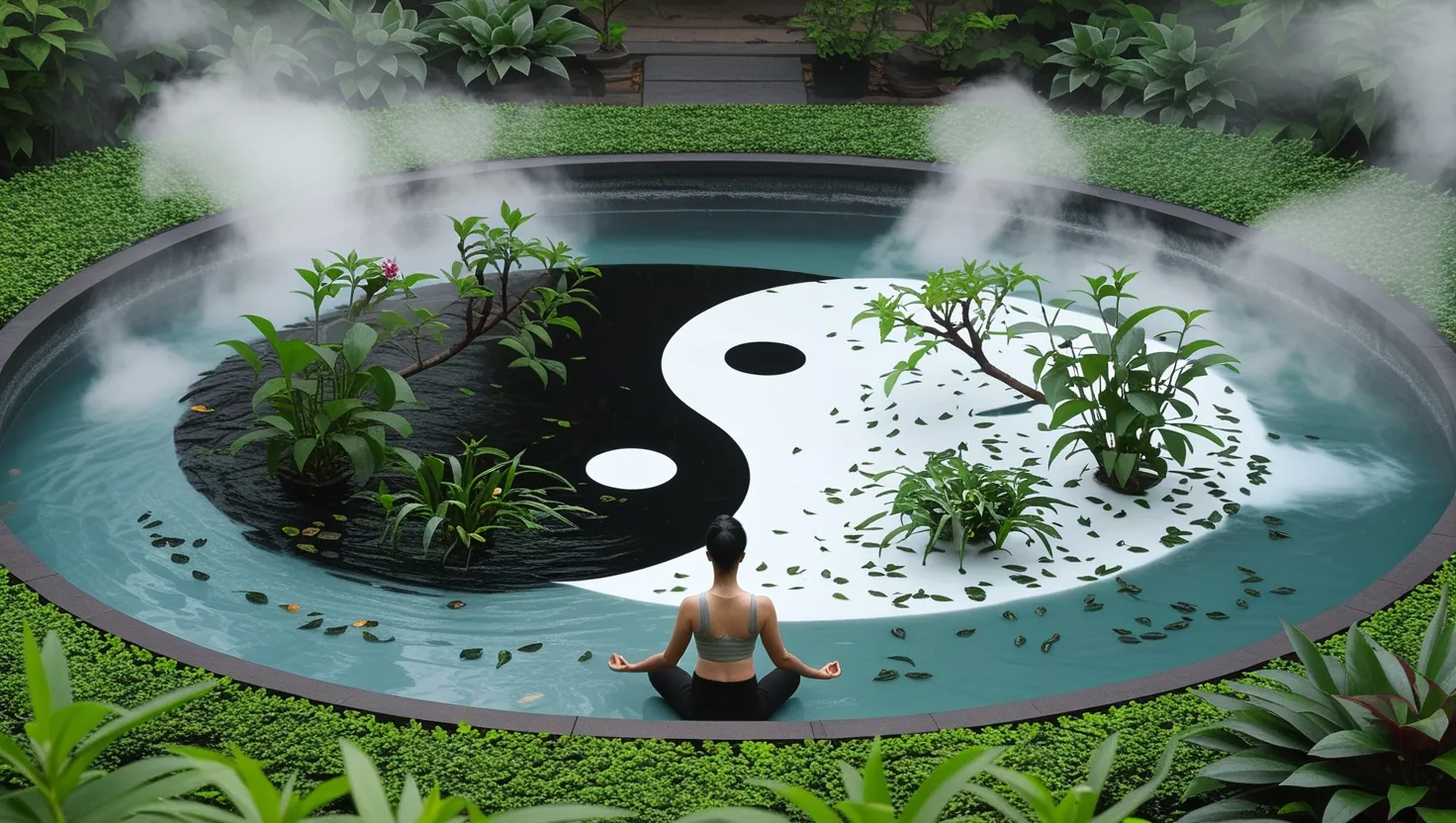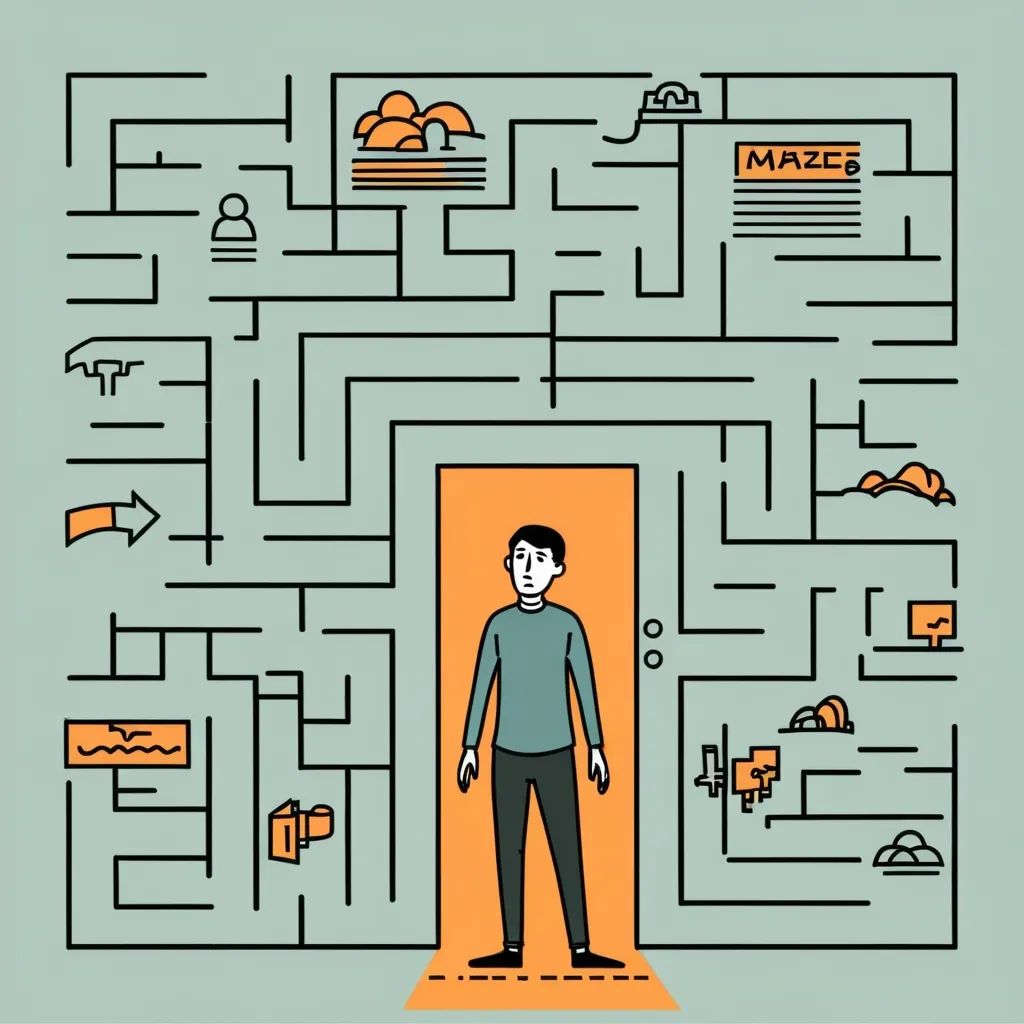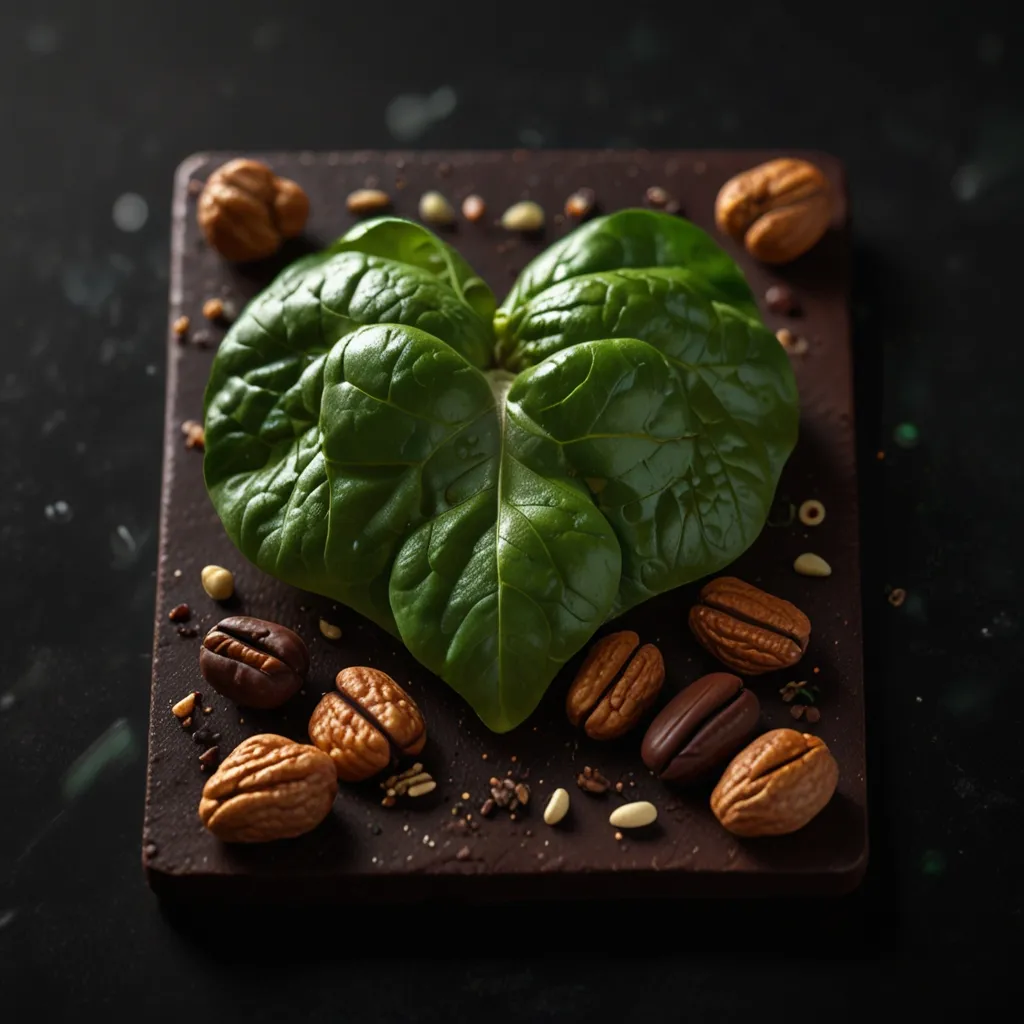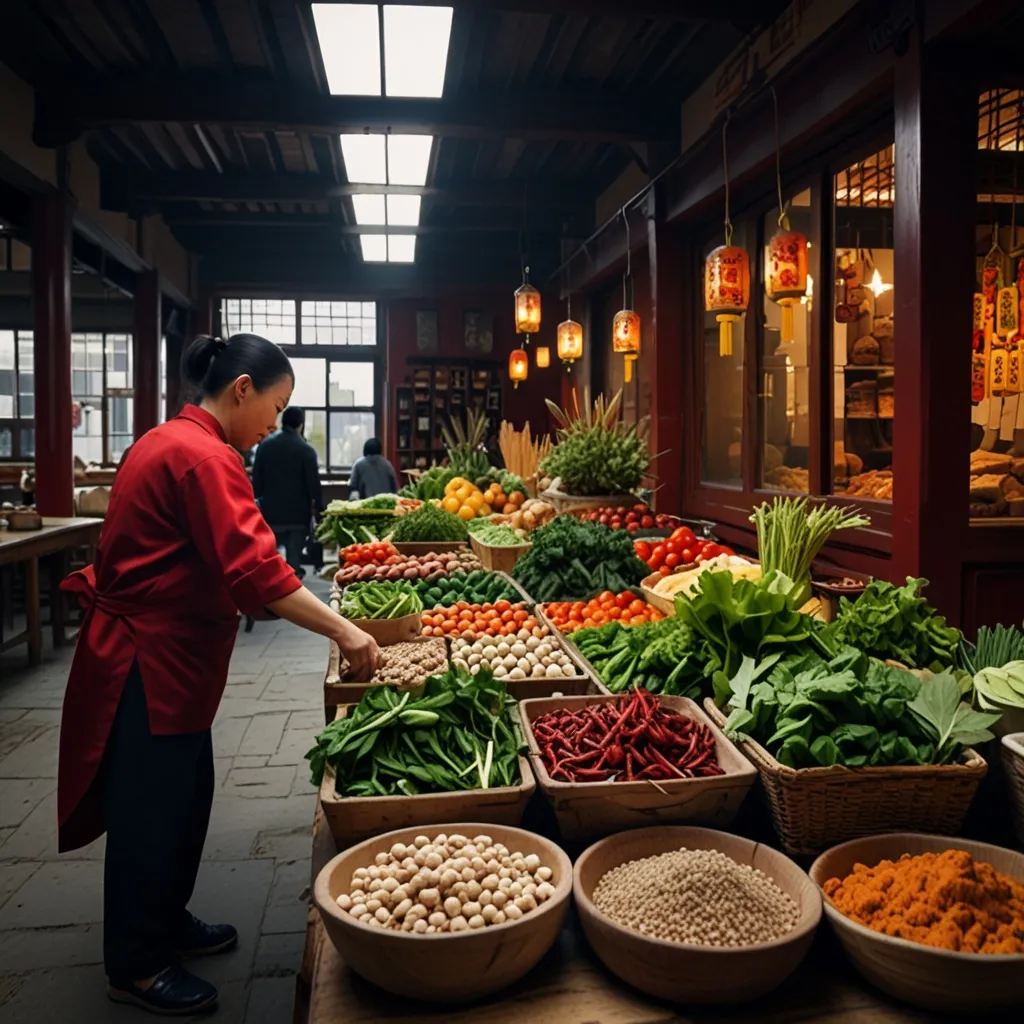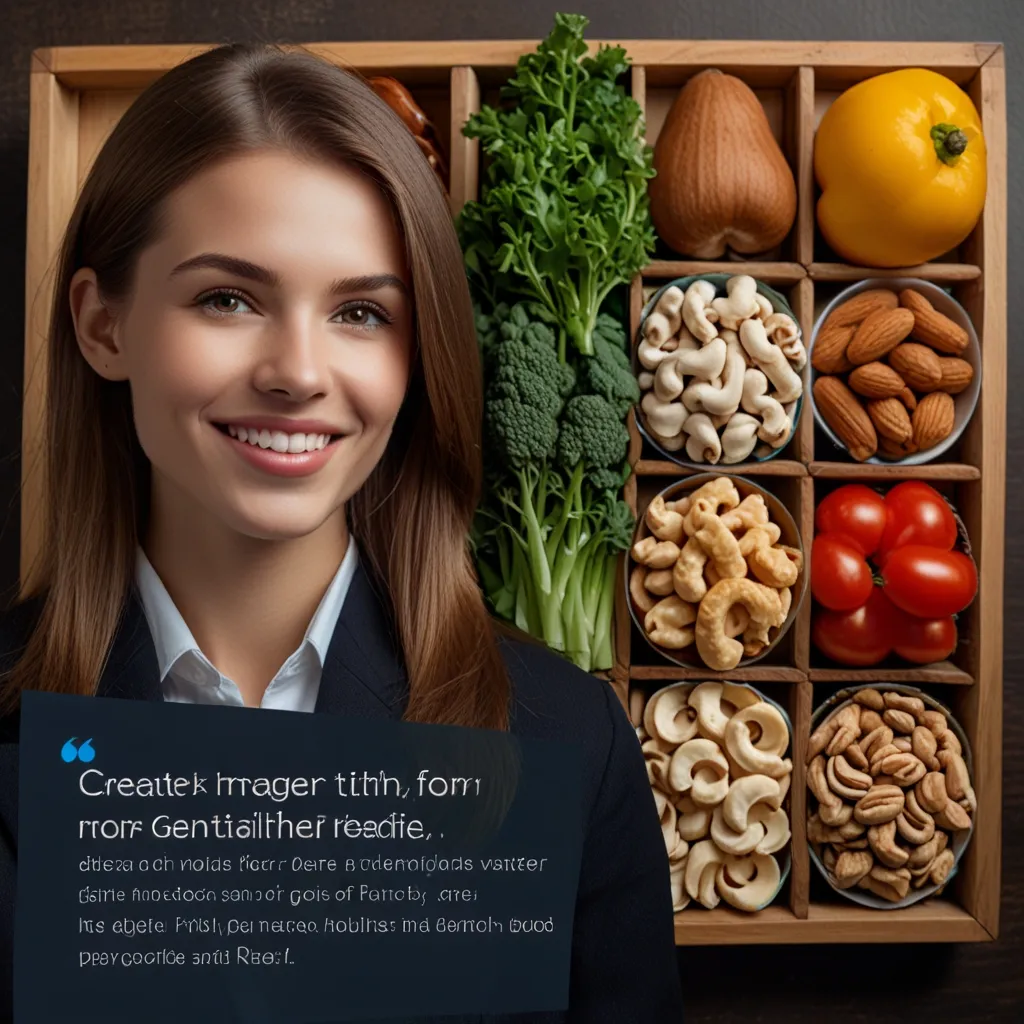In the hustle and bustle of modern life, it’s easy to forget the simple, yet profound, wisdom of ancient practices. Traditional Chinese medicine, with its rich history and holistic approach, offers a unique perspective on health and wellness that can be seamlessly integrated into our contemporary lifestyles.
The Harmony of Qi
At the heart of Traditional Chinese Medicine (TCM) is the concept of Qi, a vital force that flows through the body. Any imbalance in Qi is believed to cause disease and illness. This idea is rooted in the ancient Chinese belief that humans are microcosms of the universe, interconnected with nature and its forces. To regain balance, TCM seeks to harmonize the internal body organs with the external elements of earth, fire, water, wood, and metal.
“As the sun makes ice melt, kindness causes misunderstanding, mistrust, and hostility to evaporate.” - Albert Schweitzer. This quote resonates with the TCM principle of restoring balance through gentle and natural means.
The Practice of Qigong
One of the lesser-known yet powerful practices of TCM is Qigong. This ancient exercise system combines gentle movements, breathing techniques, and meditation to improve flexibility, reduce stress, and enhance energy levels. Qigong is not just a physical exercise; it’s a way to cultivate and balance the body’s Qi. Imagine starting your day with a series of slow, flowing movements, feeling the energy flow through your body as you breathe in the fresh morning air. It’s a practice that can be done anywhere, at any time, making it a perfect fit for our busy modern lives.
How often do you take a moment to breathe deeply and feel the energy in your body? Qigong invites you to do just that, every day.
The Art of Acupressure
Acupressure is another TCM practice that has been around for thousands of years. By applying pressure to specific points on the body, you can alleviate pain and promote relaxation. This self-administered technique is easy to incorporate into your daily routine. For instance, pressing the LI4 or Hegu point, located on the web between your thumb and index finger, can help relieve headaches and facial pain. It’s a simple yet effective way to take control of your health.
“Health is not valued until sickness comes.” - Thomas Fuller. Acupressure is a proactive approach to maintaining health, rather than waiting for illness to strike.
Balanced Diet: The Yin and Yang of Nutrition
TCM emphasizes the importance of a balanced diet based on the principles of yin and yang. This means consuming a variety of foods in moderation and aligning your diet with the seasons. For example, in the summer, you might focus on cooling foods like cucumbers and melons, while in the winter, you might opt for warming foods like ginger and sweet potatoes. This approach ensures that your body remains in harmony with the natural world.
What foods do you eat regularly? Are they in balance with the seasons and your body’s needs?
Herbal Remedies: Nature’s Medicine
Traditional Chinese herbs have been used for centuries to treat a wide range of ailments. From ginseng to licorice root, these natural remedies can be incredibly effective when used correctly. However, it’s crucial to consult a qualified practitioner to ensure safe and effective use. Some herbs, like ephedra, have been banned due to serious side effects, highlighting the importance of professional guidance.
“The art of healing comes from nature, not from the physician.” - Paracelsus. TCM herbal remedies tap into nature’s healing power, but with the wisdom of ancient practitioners.
Mindful Tea Drinking: A Ceremony of Relaxation
The Chinese tea ceremony is more than just a ritual; it’s a way to cultivate mindfulness and relaxation. By focusing on the taste, aroma, and texture of the tea, you can slow down and connect with the present moment. Teas like green tea and oolong are not only delicious but also packed with health benefits, from antioxidants to anti-inflammatory properties.
Have you ever taken the time to truly savor a cup of tea? The Chinese tea ceremony invites you to do just that, finding peace in the simplest of acts.
Integrating Ancient Wisdom into Modern Life
Incorporating these ancient Chinese wellness practices into your daily life can have profound effects on your physical health, mental clarity, and overall well-being. Whether it’s through the gentle movements of Qigong, the pressure points of acupressure, the balanced diet of yin and yang, the natural remedies of herbal medicine, or the mindful ceremony of tea drinking, TCM offers a holistic approach to health that complements modern medicine perfectly.
“The doctor of the future will give no medicine, but will instruct his patient in the care of the human frame, in diet and in the cause and prevention of disease.” - Thomas Edison. TCM is a testament to this vision, offering timeless wisdom for modern health.
As you consider integrating these practices into your life, remember that health is a journey, not a destination. It’s about finding balance, harmony, and peace in every moment. So, take a deep breath, feel the Qi flow through you, and embark on this ancient yet modern path to wellness.
